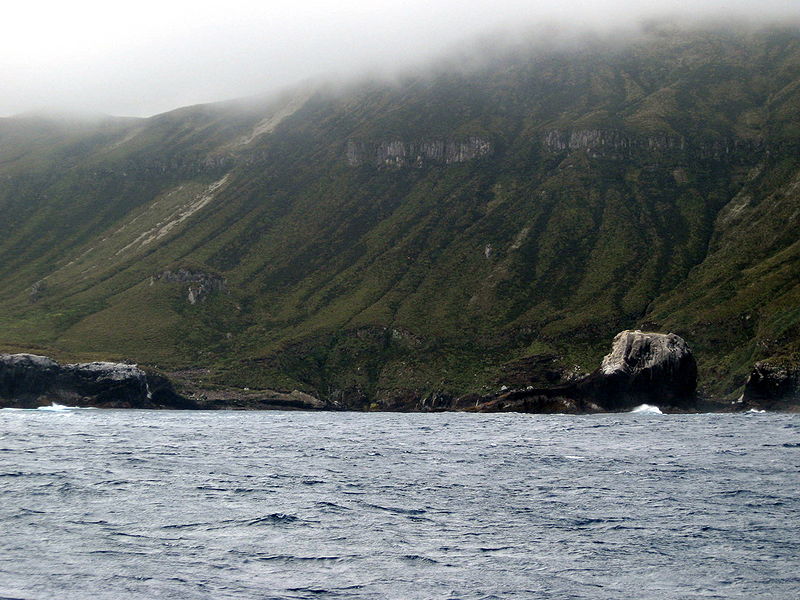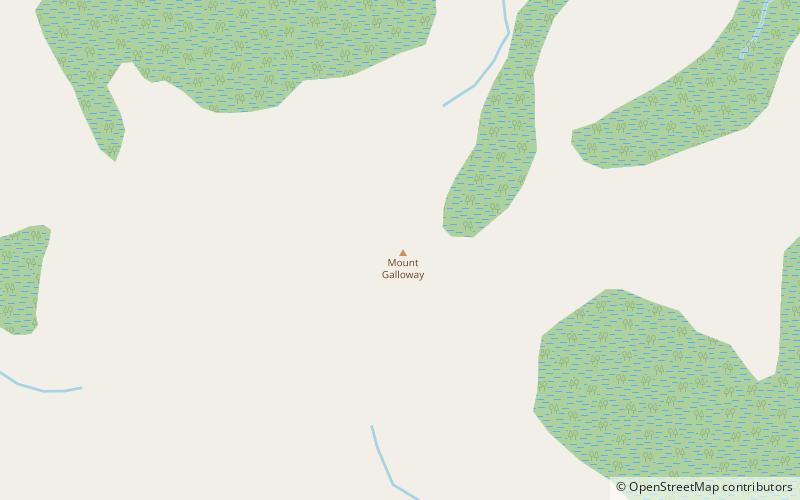Antipodes Islands


Facts and practical information
The Antipodes Islands, part of New Zealand's subantarctic island group, are a remote volcanic island cluster located in the Southern Ocean. This UNESCO World Heritage site, lying approximately 860 kilometers southeast of New Zealand's South Island, is an important haven for some of the most unique wildlife in the world.
The islands are composed of the main Antipodes Island, Bollons Island among other smaller islets, and rock stacks. The rugged terrain is the result of ancient volcanic activity, which has given rise to steep cliffs and jagged coastlines. The volcanic nature of these islands is also evident in the form of volcanic cones and craters that dot the landscape.
Despite the harsh weather conditions and the challenging environment, the Antipodes Islands boast a rich biodiversity. They are home to a diverse range of seabirds, including the endemic Antipodean Albatross and the critically endangered Antipodes Parakeet. The islands are also the only breeding ground for the Antipodes Island Snipe.
The isolation of the Antipodes Islands has preserved their pristine environment, making them an invaluable location for scientific research and conservation. The islands are uninhabited by humans, and access is restricted to protect the delicate ecosystems. The New Zealand Department of Conservation manages the islands with a focus on preserving their natural heritage and preventing the introduction of invasive species.
Southern Islands
Antipodes Islands – popular in the area (distance from the attraction)
Nearby attractions include: Mount Galloway, Bollons Island.


